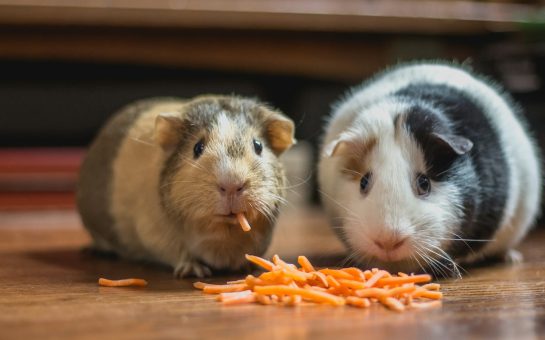Ever wondered how to find a horny rhino?
Fret no more, researchers at Chester Zoo, University of Manchester and University of Liverpool have found the answer.
A six-year study of 90% of Europe’s black rhino population has revealed that hormone analysis may be the key to getting those rhinoceros’ libidos charged.
Dr Sue Walker, Head of Applied Science at Chester Zoo, who oversaw the project, explained that with poachers continuing to threaten the species, more nooky is necessary to ensure their survival.
She said: “Poaching in the wild is a serious threat to the rhino, therefore, it is important for us to understand the factors that can influence reproductive success.
“With a better understanding of factors that affect reproduction, we know where we should be focusing our efforts to support the European-wide breeding programme for this critically endangered species.”
In total 9,743 samples from 11 zoos were sent to Chester Zoo’s Wildlife Endocrinology laboratory to analyse female reproductive cycles.
Dr Katie Edwards, who led the research during her PhD at the University of Liverpool, revealed that it showed females who had never bred experienced irregular reproductive cycles.
Also, like many mysterious girls, the females didn’t always let on when they were in the mood for some horned male loving.
“This species is of high conservation importance, so understanding what could be limiting breeding in certain individuals and how we could make improvements is a priority,” added Dr Edwards.
“Hormone analysis helps address this problem by allowing us to predict when a female will be sexually receptive to a male, even if she doesn’t make it obvious.”
The method has been successfully used at Chester Zoo which has seen three births in the last three years.
But as is usually the case in matters of the heart, there is a little more to it than hormones.
Non-breeding females were found to be heavier and more temperamental (no surprises there!).
Dr Susanne Shultz from the Faculty of Life Sciences at The University of Manchester was the academic supervisor for the project.
She said this research highlights how rhinos can behave in a different manner despite being kept in similar conditions.
“We think this demonstrates that it is important to recognise individual differences and adjust management plans accordingly to maximise the health and reproduction across all individuals in the population,” she added.
The results of the study have been published in the Journal of General and Comparative Endocrinology.
Image courtesy of Eleanor with thanks



